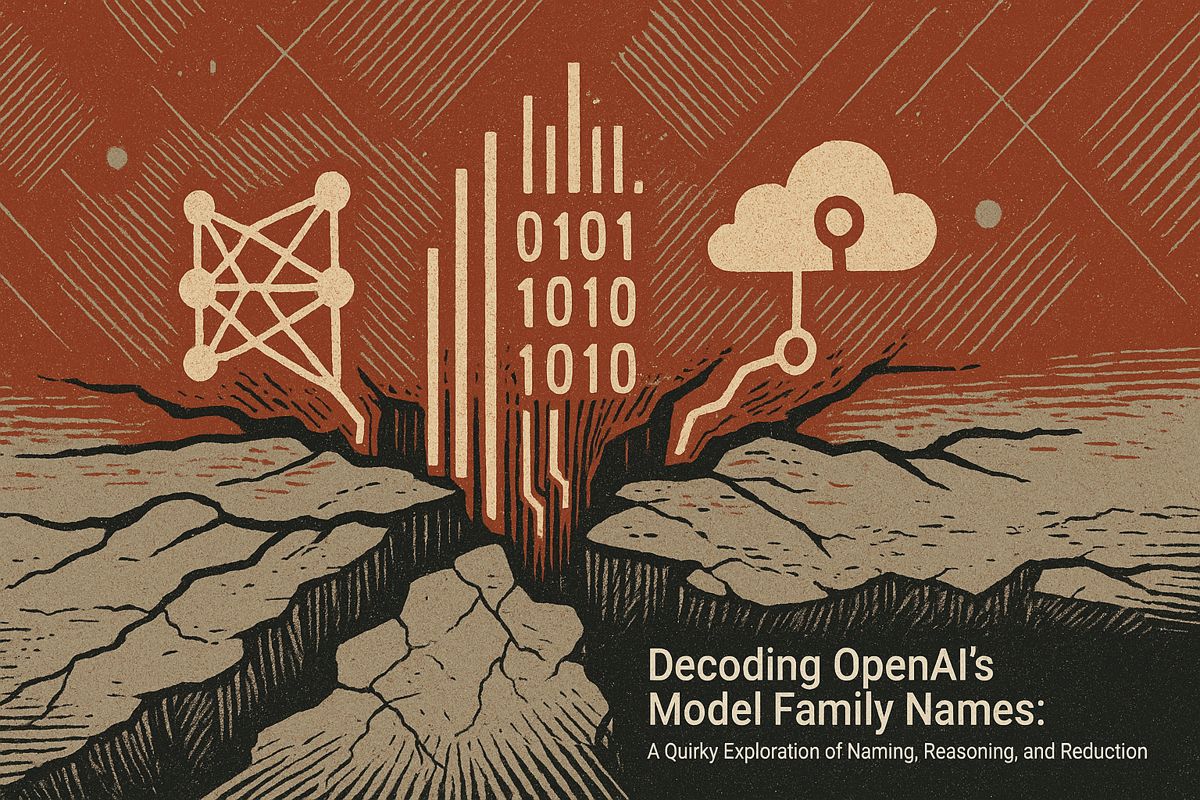A landmark 2025 leadership survey confirms that artificial intelligence amplifies executive judgment, not replaces it. Instead of ceding control, leaders in healthcare, finance, and retail are using AI as a strategic partner to make faster, more accountable decisions, a trend detailed in a report from The Case HQ. This guide explores how executives are integrating AI to transform data overload into clear, bias-aware insights.
AI as a Thinking Partner: Amplifying Judgment, Not Replacing It in Action
Executive leaders are integrating AI as a co-pilot to analyze complex scenarios and surface critical insights before a final choice is made. This partnership allows for rapid simulation of potential outcomes, from financial risks to market shifts, enabling more informed and proactive decision-making without replacing human oversight.
For example, Chief Financial Officers now run instant trade-off simulations to flag hidden risk scenarios, while Chief Marketing Officers get live snapshots of customer sentiment to keep campaigns agile during demand spikes, a practice documented by AJHCS. Emerging best practices for this human-AI collaboration include:
- Defining the strategic question before creating structured prompts, ensuring AI outputs directly address the decision.
- Validating model insights against deep domain expertise to separate statistical noise from actionable intelligence.
- Using an AI “decision scribe” to log the rationale behind each major choice, creating a transparent audit trail for compliance and organizational learning.
Where AI Sharpens Human Judgment
In healthcare, AI platforms analyze thousands of medical scans to provide early diagnostic signals, which physicians then validate with their clinical expertise. This enables population health teams to proactively manage resources like staff and beds, significantly reducing emergency room wait times during peak periods.
Within finance, anomaly-detection engines monitor millions of transactions per hour. When an alert is triggered, human analysts step in to assess the context – such as geopolitical shifts or market seasonality – thereby minimizing false positives and improving fraud detection rates.
Retail COOs leverage demand-forecasting models to strategically reposition inventory ahead of events like major storms or viral social media trends. This proactive approach reduces spoilage and prevents stockouts, reinforcing customer loyalty and brand reliability.
Guardrails Against Cognitive Bias
While large language models can screen business proposals for cognitive biases like sunk-cost fallacy with over 60% accuracy, human oversight remains critical. To bridge the gaps, leading firms are pairing technical debiasing tools with diverse human review teams. This hybrid approach is reinforced by new regulations such as the EU AI Act, which mandates immutable audit logs, designated risk owners, and independent bias audits to ensure accountability for both algorithms and their human operators.
Becoming an AI-First Leader
A clear, repeatable path for developing AI-first leadership has emerged:
- Build Foundational Fluency: Undertake targeted courses to understand and question the assumptions behind AI models.
- Pilot with Purpose: Launch a single, high-impact AI use case in each business unit, focusing on rapid iteration and learning.
- Establish Ethical Oversight: Form a cross-functional ethics board to review data lineage, fairness metrics, and customer impact quarterly.
- Modernize Measurement: Shift from static quarterly averages to dynamic, behavior-based KPIs that reflect real-time performance.
- Foster an Innovation Culture: Celebrate successful experiments publicly to encourage and normalize a culture of intelligent risk-taking.
Looking Ahead
The competitive advantage is clear: a 2024 BCG poll revealed that companies embedding AI into their leadership routines outperform peers by 2.5 times in revenue growth. This performance gap is set to widen as roles like Chief AI Officer and AI Transformation Lead become standard. Early adopters are already shrinking board-level decision cycles from 20 days to under 48 hours, proving that well-governed AI is a powerful amplifier of human intellect, not a replacement for it.
Does AI replace human judgment in executive decision-making?
No. Across healthcare, finance, retail and government, AI is used as a real-time analytics partner that sharpens – rather than replaces – executive judgment. For example, CFOs run instant risk scenarios and COOs model supply-chain shocks, yet the final call remains human. A 2024 BCG survey shows companies that keep humans in the loop with AI-driven insights are 2.5× more likely to outperform peers on revenue and innovation.
What practical value does an AI “thinking partner” deliver today?
AI cuts the effort of analysis without cutting rigor. Leaders report:
– 63% faster probability-neglect checks on capital-allocation choices
– 82% accuracy when AI flags sunk-cost fallacies in project reviews
– Dynamic KPI dashboards that replace static quarterly scorecards, letting teams adapt weekly instead of waiting 90 days
These micro-gains compound into macro-impact: faster, fairer and fully auditable decisions.
How can AI help surface hidden cognitive biases?
Modern models can scan meeting transcripts, board papers or investment memos and highlight patterns such as confirmation bias or over-confidence. Yet context still matters: a 2024 arXiv study found that even the best large language models generalized bias detection only half the time. The fix is a “human-in-the-governance-loop” approach:
1. Use AI to flag suspicious patterns
2. Apply fairness metrics and independent audits
3. Document remedial actions in an immutable log
This hybrid method satisfies emerging 2025 regulations like the EU AI Act and NYC Local Law 144 without slowing decisions.
What separates an “AI-first” leader from a traditional one?
AI-first leaders do three things personally:
– Master the tech – they can open the hood on an AI model, not just read a dashboard
– Own the ethics – they chair the algorithmic-fairness review, not delegate it to IT
– Redesign work – they pair every knowledge worker with an AI co-pilot and measure new KPIs (e.g., “decision-cycle time” instead of “hours worked”)
Titles are catching up: Chief AI Officer, CDAO and AI Transformation Lead roles have appeared on >60% of S&P 500 org-charts since 2024.
How do I start building a “decision scribe” for my team?
A decision scribe is an AI diary that captures the why, not just the what, of each major call. In practice:
1. Feed the model background memos, market data and stakeholder voices
2. Ask it to draft a structured rationale (problem framing, alternatives, risk scan, chosen path)
3. Store the rationale in a searchable repository and revisit outcomes 90 days later
Teams using this loop report 30% faster learning curves and clearer audit trails for boards and regulators.



















